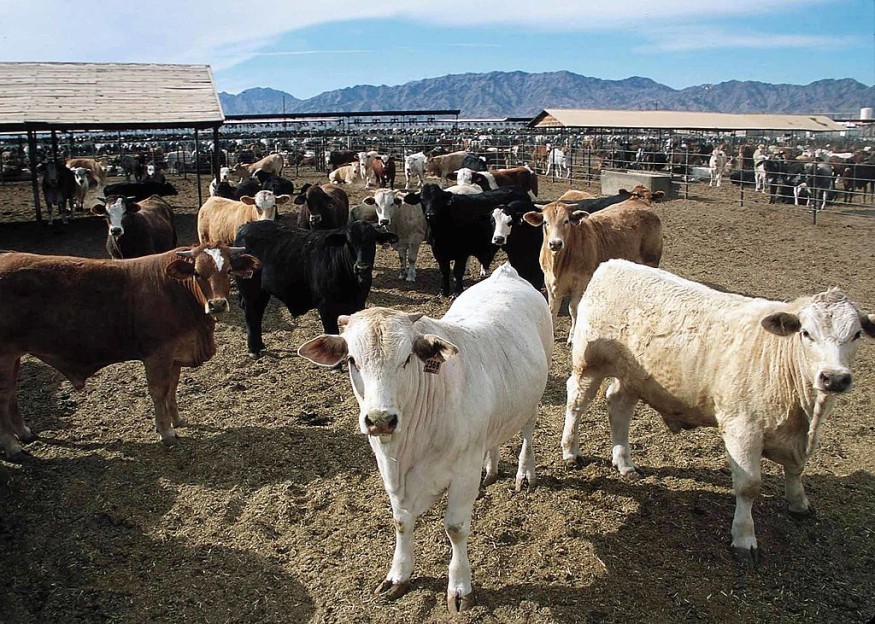While sitting in their kitchen, Joey and Scott Bailey wondered how they'll get through the coming months.
"Just regular grass hay that we'd pay $30 a bale for, folks are paying $150 a bale for it, and they're going 250 miles to get it," Scott adds.
Worrying Locals

According to locals, the Baileys operate a ranch on a rural prairie approximately 60 miles south of the US-Canada border, in the heart of McHenry County, North Dakota's cattle capital. Unfortunately, the county is also one of the most drought-stricken in the country, with parallels to the Dust Bowl being made.
Ranchers in this area have been forced to sell their herds at unprecedented prices, and they are now concerned that they will not have enough fodder to keep their surviving cows alive this winter. A few months ago, the Baileys sold 20 cows because they couldn't afford to feed them. In addition, they haven't been able to cultivate much of their hay due to the megadrought.
"We didn't get any rain last autumn, and the winter was quite warm," Joey adds. "Things affect us a lot in the spring when we don't receive snow in North Dakota because we need the snow to help it grow right away in the spring."
Related Article : Due to Historic Drought, US Declares Water Shortage on Colorado River That Supplies 40 Million People
Affecting the Vegetation

The unprecedented drought has wreaked havoc on fodder or the vegetation that animals graze on. As a result, hay and feed are in short supply.
"You're battling with your neighbor, your friend, the person down the street," Scott explains, "because there's only so much feed out there." "It's a lot of pressure."
Ranchers here, like in every other terrible drought cycle - the Dust Bowl, 1988 - are doing everything they can to approach this problem philosophically.
On his family's farm outside Towner, a few miles east along US Highway 2, James Green says you simply have to keep going, adapt and live.
Drought is a reality of life in this world, and it comes in severe cycles.
Taking Action
"Honestly, I'm going to plan for a regular spring next spring," Green adds. "You'll be doomsdaying for the rest of your life if you doomsday it."
Green is adjusting by producing hay bales from failing drought-stricken crops. For the time being, he thinks the idea makes more sense than the 250-mile round trip for expensive hay. However, rigorous nitrate testing is required to guarantee that the feed is not polluted by fertilizers leftover from farming.
Green stood in a field of mainly brown stubble, an infinite blue sky with puffy white clouds above him, drilling into a big bale to extract some samples to submit to a lab.
"I've never seen a June or July as hot as we experienced it," he added. "These plants would reach four to five inches tall and burn off."
However, a closer examination found several little green grass sprouts peeking through. Then, last month, it did rain a little. Locals dubbed it "life-saving rains." Green's 72-year-old mother, Gwen, smiled although they weren't drought-busters.
A Different Kind of Drought

This drought, on the other hand, has a distinct feel about it.
"This is far worse than anything I've ever experienced out here in 44 years," Gwen adds. "'What would dad do?' James once questioned. 'Dad hasn't seen something this bad, either,' I added."
Nonetheless, climate experts say the long-term picture for agriculture in North Dakota is bleak.
For more climate and weather updates, don't forget to follow Nature World News!
© 2025 NatureWorldNews.com All rights reserved. Do not reproduce without permission.




